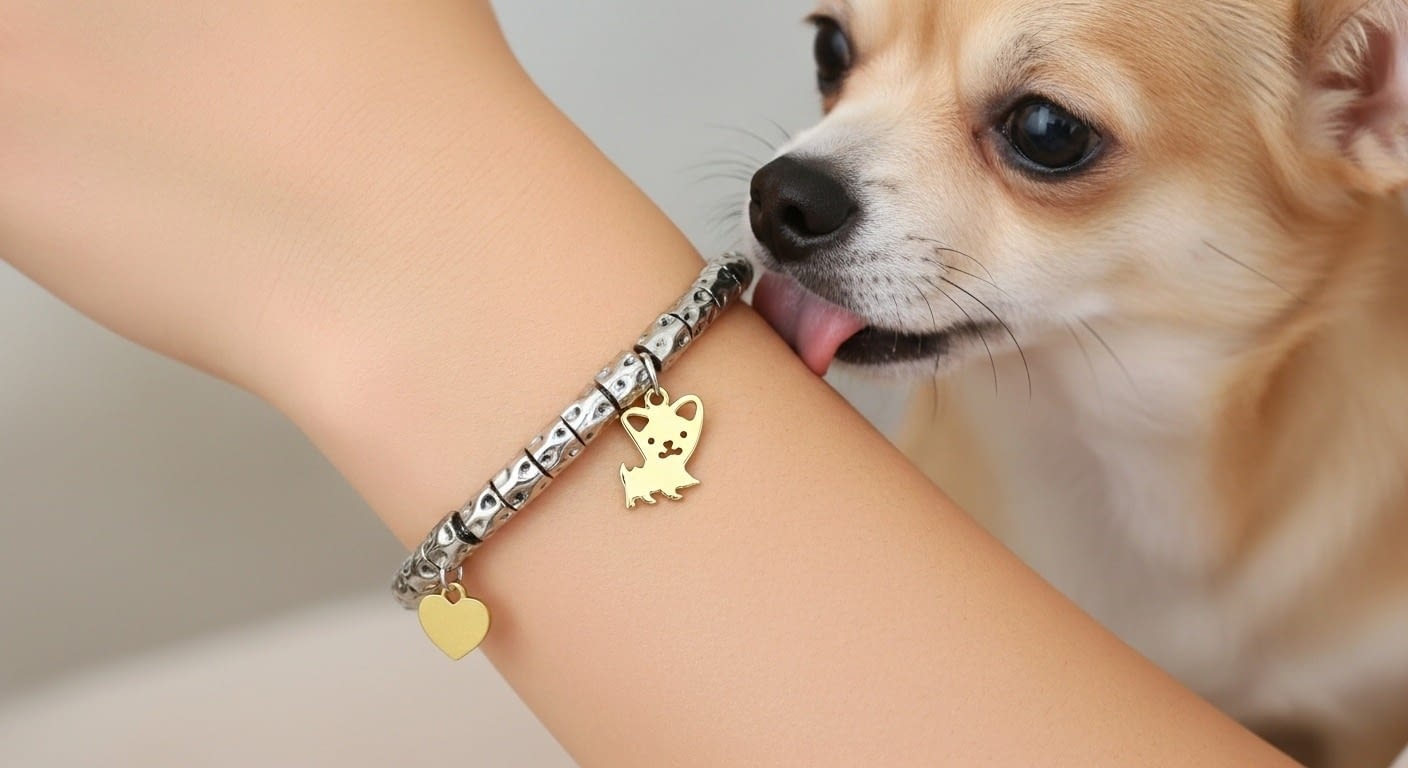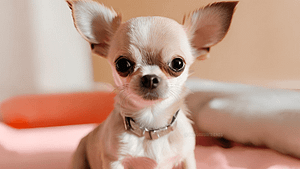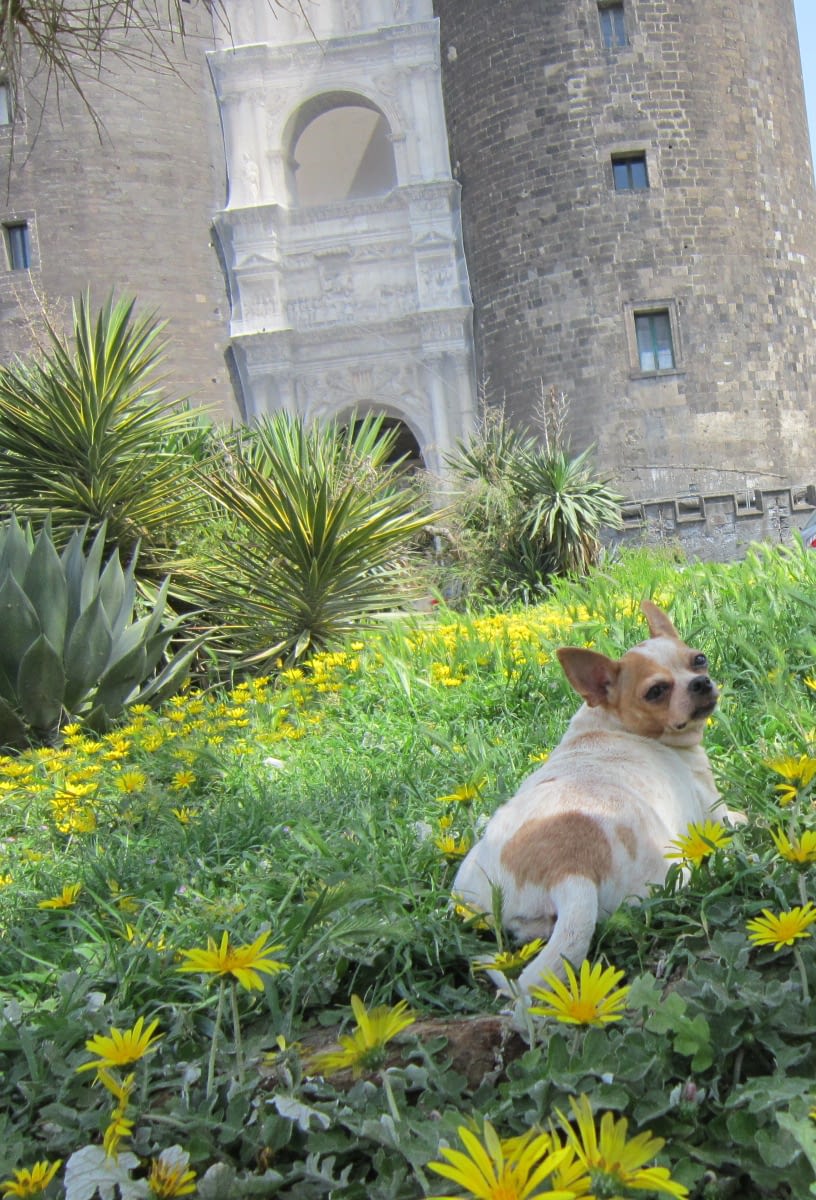Education: well begun is half done
Before addressing the topic of “nurturing,” I would like to briefly summarize the “key” concepts reviewed in previous articles designed to facilitate the puppy’s integration into its new adoptive family, such as:

Before addressing the topic of “nurturing,” I would like to briefly summarize the “key” concepts reviewed in previous articles designed to facilitate the puppy’s integration into its new adoptive family, such as:
- The use of an appeasement pheromone diffuser.
- Allow the puppy, at least during the first few nights, to sleep in the owners’ room
- How to encourage evacuation of urine and feces in the outdoor environment
- How to foster attachment bonding
- The importance of socialization
Today we will continue our journey, exploring the educational aspect and how much the same is related to the relationship that is created between dog and owner.
So let us return to our puppy, who, once he arrives in our homes, will be intimidated and frightened by the unfamiliar environment and the presence of people, whom, at best, he has only had a chance to see two or three times. How to help him perceive himself as part of the new “human pack”?
First, let’s dispel a myth right away: the puppy is fully aware that we are not dogs; during the critical period of its social development, interactions with its mother and littermate siblings have become fixed as an imprint (imprinting) in its brain. By that time, the puppy has learned to recognize itself and its peers, as belonging to the canine species, and this will shape the development of its future adult behavior.
The dog therefore, does not think like us, does not act like us, and certainly does not have the same values as we do… this is crucial to understand, because a good part of the conflicts between dogs and owners, arise precisely from miscommunication. We must therefore strive to understand what and when the dog is saying something to us and adopt communication that can be understood by him; but to do this, we must first learn to really get to know him and not just interpret his behavior in a “human key.”
Very often we hear about “dominance,” as if dogs spent their time scheming to occupy a position of leadership. After all, even today one can find trainers or books on training, which propagate a kind of decalogue to prevent the dog, regardless of its size, from becoming dominant with its owner:
- Eating before the dog
- Don’t let him sleep on our bed
- Don’t let him go through the doors first
are just some of the more classic pieces of advice, which may go as far as suggesting physically “submitting” one’s dog, subjecting him to “rollover” i.e., backing, to show him who is the “top dog.”
Now, on the assumption that the dog does not regard us as its own kind and that in nature, herds tend to be formed only by individuals belonging to the same species, granted, that studies conducted in the past on a pack of wolves, artificially put together in nature reserves by human intervention, could (and are not) a guide for interpreting dog behavior, it begs the question: but if pack rules are based on behavior and communication between dogs how is it possible for them to involve us humans?
And with this food for thought, I leave you and refer you for your response until next week.
Carla Beard
Sing To The Moon Dog Center

















































